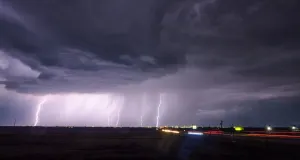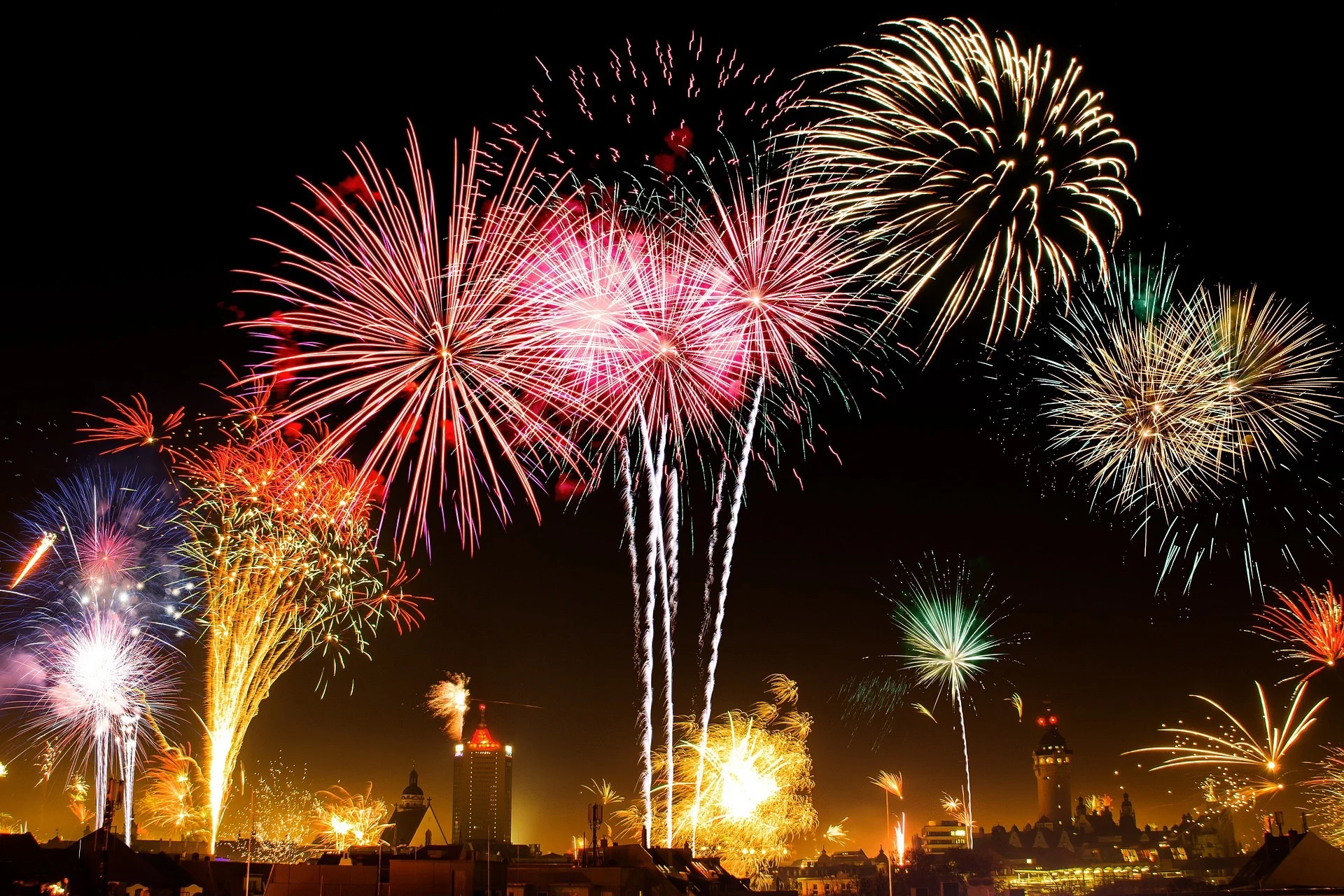
The science behind spectacular Canada Day firework displays
Green peonies, blue dahlias, red crossettes, white and silver chrysanthemums; how are all of these incredible firework displays produced?
Monday is Canada Day, and we expect to see numerous fireworks displays coast to coast. So how do these delightful displays actually happen?
While fireworks come in many shapes, styles, and sizes, each is based on a combination of two components — the sparkler and the firecracker.
The sparkler
Remember waiting for the fireworks to begin, filling the time by running around and waving a sparkler through the air? Possibly, while making your parents worried about you potentially hurting yourself or setting something on fire? Well, you may not have realized it, but you were holding in your hand one of the essential components of the colourful displays you were waiting for.
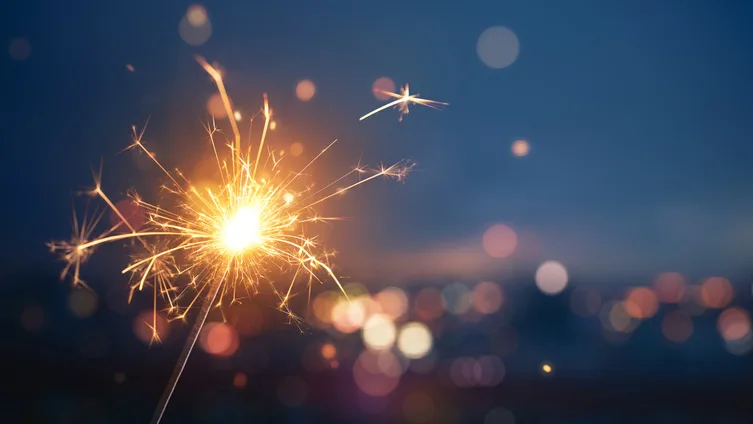
A sparkler. Credit: Getty Images
The characteristic sparks thrown off by a sparkler result from burning a very specific mixture of chemicals and powders. The mixture will always contain three specific components. Tiny bits of metal, which are typically aluminum but others are used to produce different colours, are combined with a chemical oxidizer, such as potassium perchlorate, and some kind of starchy substance, like dextrin, to bind everything together and glue it to the handle. Charcoal or sulphur are sometimes added to provide extra fuel for the sparkler to burn.
"In order to produce an intense glow, more oxygen is needed than is available from the surrounding air," says Dr. Joe Schwarcz, the director of McGill University's Office for Science and Society. "This is where the potassium perchlorate comes in. It is an oxidizing agent, meaning that it is a source of oxygen. Potassium chlorate undergoes a chemical reaction, initiated by the lighting of the sparkler, whereby it decomposes to yield potassium chloride and oxygen. The oxygen then combines with the metal, allowing it to burn. This combustion process produces heat, which then decomposes more potassium perchlorate, yielding more oxygen, which then combines with more metal, and on and on until one of the reagents runs out."
Even though sparklers don't explode, anyone holding one — especially children — should be very careful! They burn at temperatures of at least 1,000°C, which is more than enough to cause severe burns or even ignite clothing. Also, be mindful of where the sparks land, especially if there has been a stretch of dry weather in your area.
The firecracker
By comparison, the firecracker is much simpler.
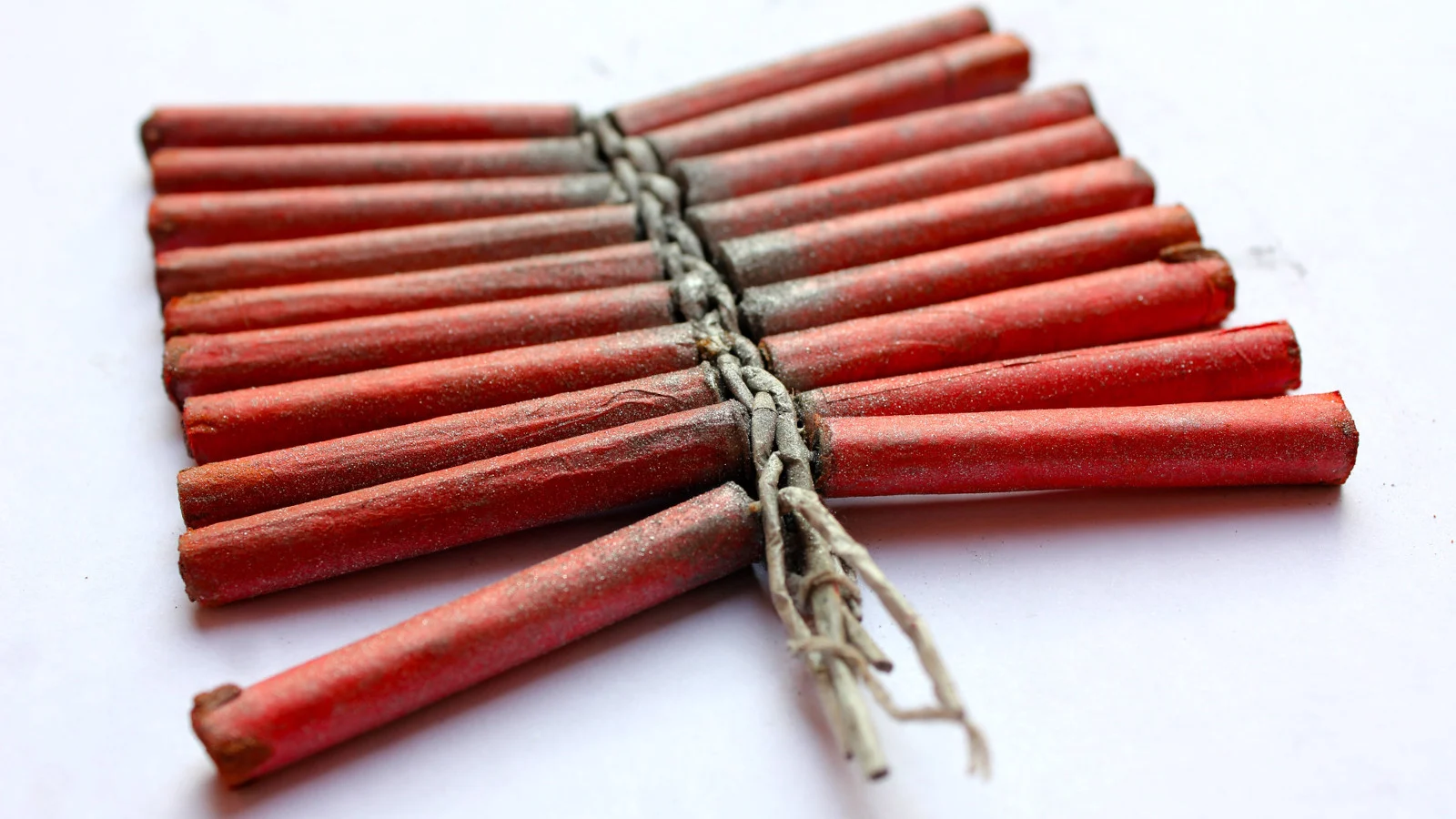
A bundle of unlit firecrackers. Credit: Ritesh Man Tamrakar/Flickr (CC BY 2.0)
Gunpowder is packed into a sealed paper tube or sphere, with a fuse to deliver a flame to the interior. The only purpose of the firecracker is to explode, producing a compression wave through the air that our brains interpret as a loud bang.
The firecracker's size, and thus the amount of gunpowder contained within it, determines the size of the explosion and the intensity of the noise.
The Big Show
The immense and spectacular firework displays we see on holidays like Canada result from combining the components of sparklers and firecrackers to produce firework shells.
The most basic firework shell is an empty cylinder or sphere made of paper and string. At its core is a firecracker called the burst charge, which is linked to the outside of the shell by a timing fuse. Into the remaining space in the shell is packed gunpowder, along with a collection of small 'stars' made of the same chemicals components as sparklers.
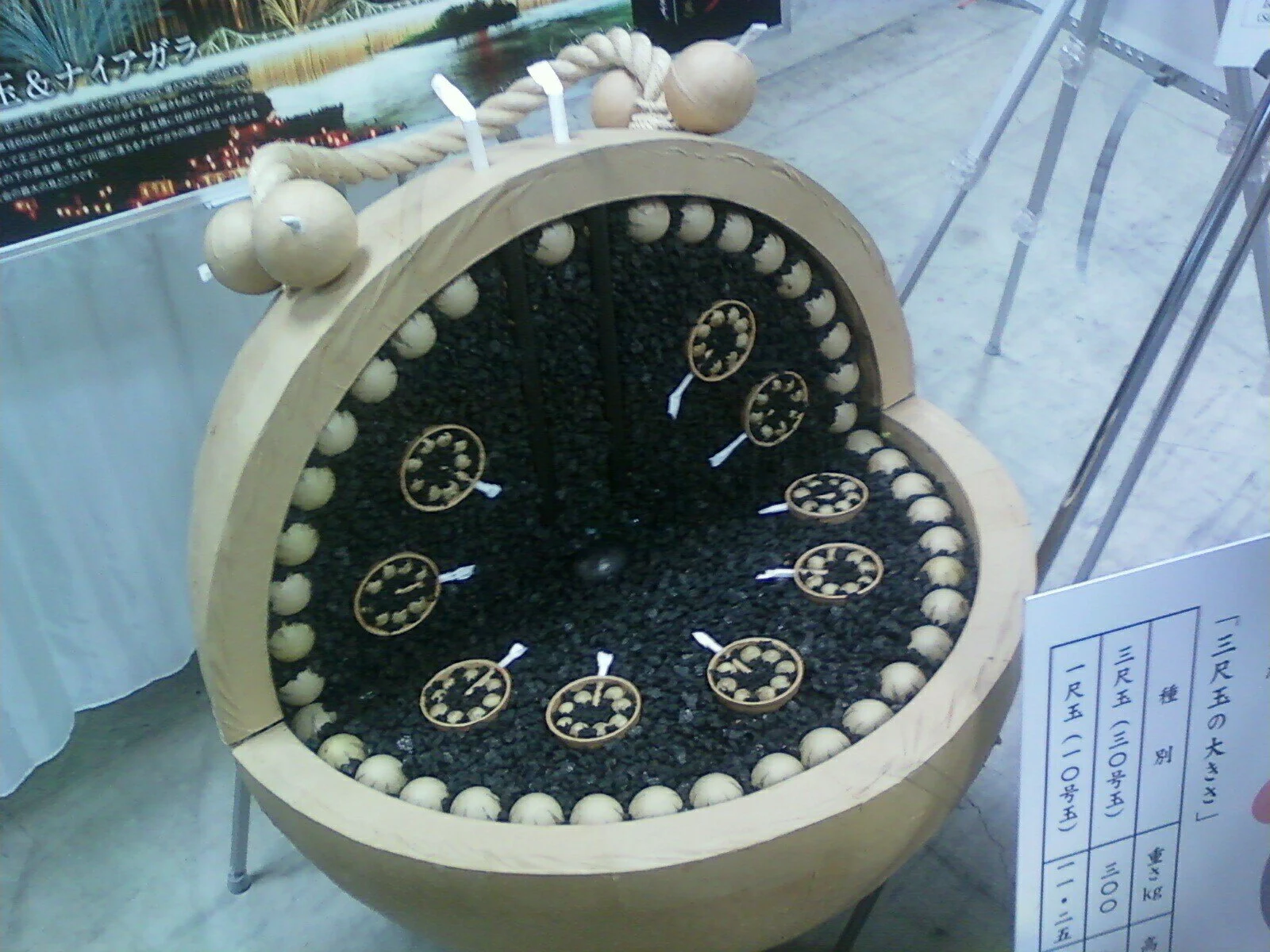
Some firework shells can be MUCH more complex, like this roughly metre-wide Japanese shell, which features not only sparkler spheres lining the interior but also nested shells that contain even more sparkler spheres, designed to go off well after the initial burst. Credit: Joel(frikitiki)/Flickr (CC BY-ND 2.0)
After the timing fuse is lit, the shell fires into the air from a special launch tube, sometimes using a launch charge incorporated right into the bottom of the shell. The timing fuse is slow-burning compared to the rest of the firework components, and determines the exact height above the ground where the firework shell explodes.
The explosion of the burst charge ignites the gunpowder in the shell. This simultaneously blows the shell apart and sets the sparkler stars burning, which are then flung outwards by the force of the detonation.
The colours of the resulting pyrotechnic display depend on the exact makeup of the stars, and its shape is due to their precise arrangement within the shell.
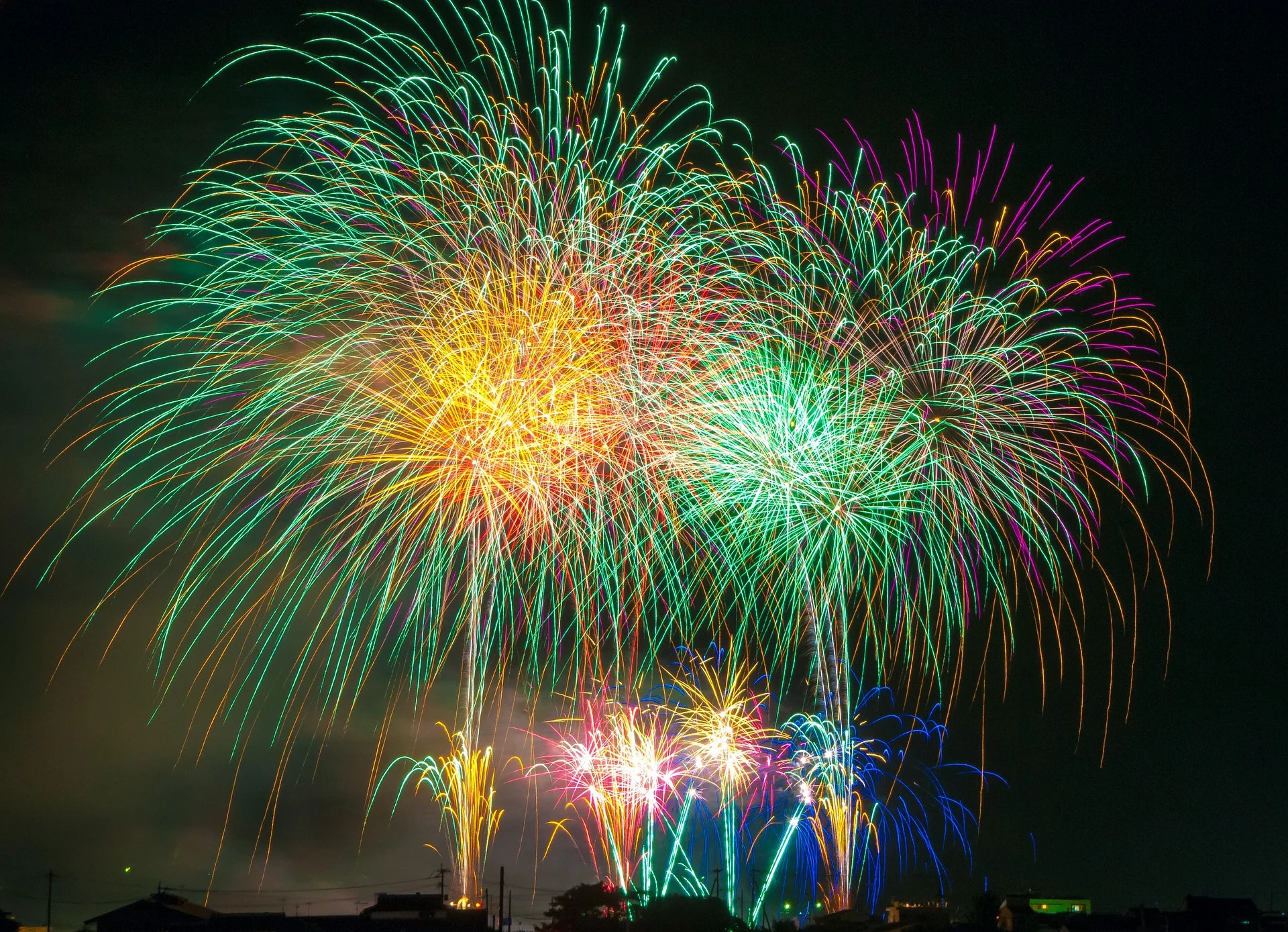
A multi-colour firework burst. Credit: DeltaWorks/Pixabay
Fireworks come in a variety of colours. These are achieved by using specific metals or chemicals in the sparkler stars. Some of the most common are:
White: aluminum or magnesium
Silver: aluminum, magnesium, or titanium powder
Blue: copper chloride or copper compounds
Red: strontium salts or lithium salts
Green: barium chloride
Yellow: sodium nitrate
Orange: calcium chloride
Purple: a mix of strontium (red) and copper (blue) compounds
The light produced during a firework explosion is due to the atoms of the above elements absorbing energy from the heat of the combustion, and then releasing that excess energy as photons of light.
They produce different colours because each atom has a different number of elementary components (protons, neutrons, and electrons). This fundamental difference causes each to absorb a different amount of energy from that heat, and then release a different amount of energy into each photon they emit. The exact amount of energy that goes into a photon determines the frequency and wavelength of the light it represents, which determines the colour of that light.
Photons emitted by aluminum atoms span nearly the entire spectrum of colours, so just like we see with sunlight, that light appears white. Copper atoms release photons in the more energetic blue part of the spectrum, while barium emits mostly green light, and strontium releases mostly red light. Since photons of light directly combine to produce different colours, we can get purple by simply putting copper and strontium together.
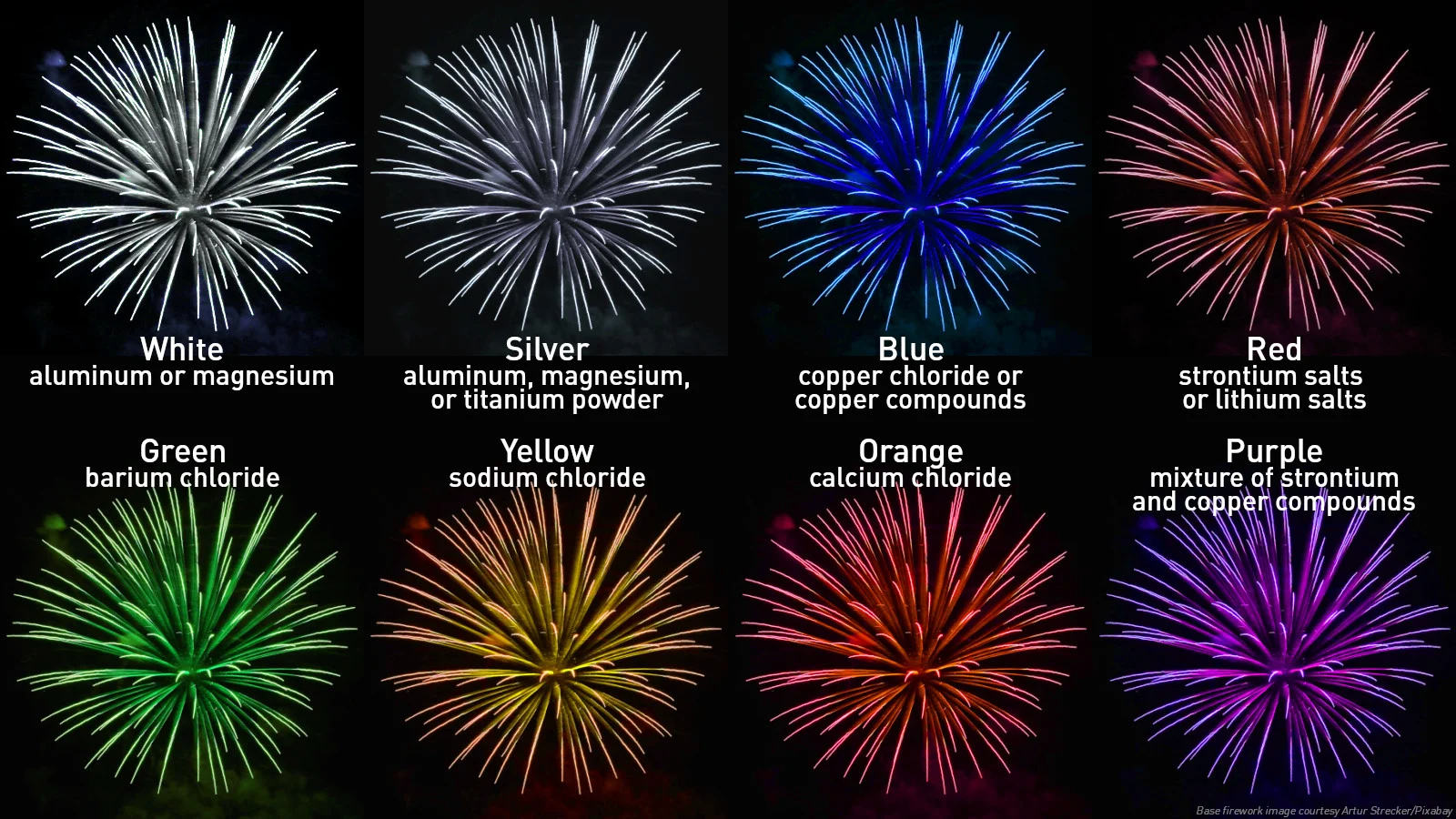
The different metals or chemical compounds that produce the different firework colours. Credit: Base firework image by Artur Strecker/Pixabay, infographic by Scott Sutherland
Multiple stars of different types can also be packed into the same shell, producing a spectacular multi-hued display when it explodes.
When the sparkler stars are packed into a shell randomly, it results in a spherical display known as a peony, named after the flower.
Firework designers can cleverly shape displays to their wishes, though, by combining different coloured stars, different sparkler mixtures, and carefully placing the stars in specific patterns. This is how we get other flower-like displays, such as the dahlia, chrysanthemum, and pistil.

This composite image shows (left to right) peony, chrysanthemum, dahlia, and pistil displays. Credits: Images by Tuan Hung Nguyen/Pixabay, composite by Scott Sutherland
Tree-like palm and willow displays are also popular, and patterns can be arranged to produce rings, stars, spiders, waterfalls, and a host of other shapes as well.
Special effects can be achieved by organizing layers of gunpowder and stars that go off at different times. One way of accomplishing this is by packing a larger shell with several smaller shells. Another way is to change the composition of the stars so that they burn longer, crackle and whistle as they burn, or burn down and then expose a core that explodes.
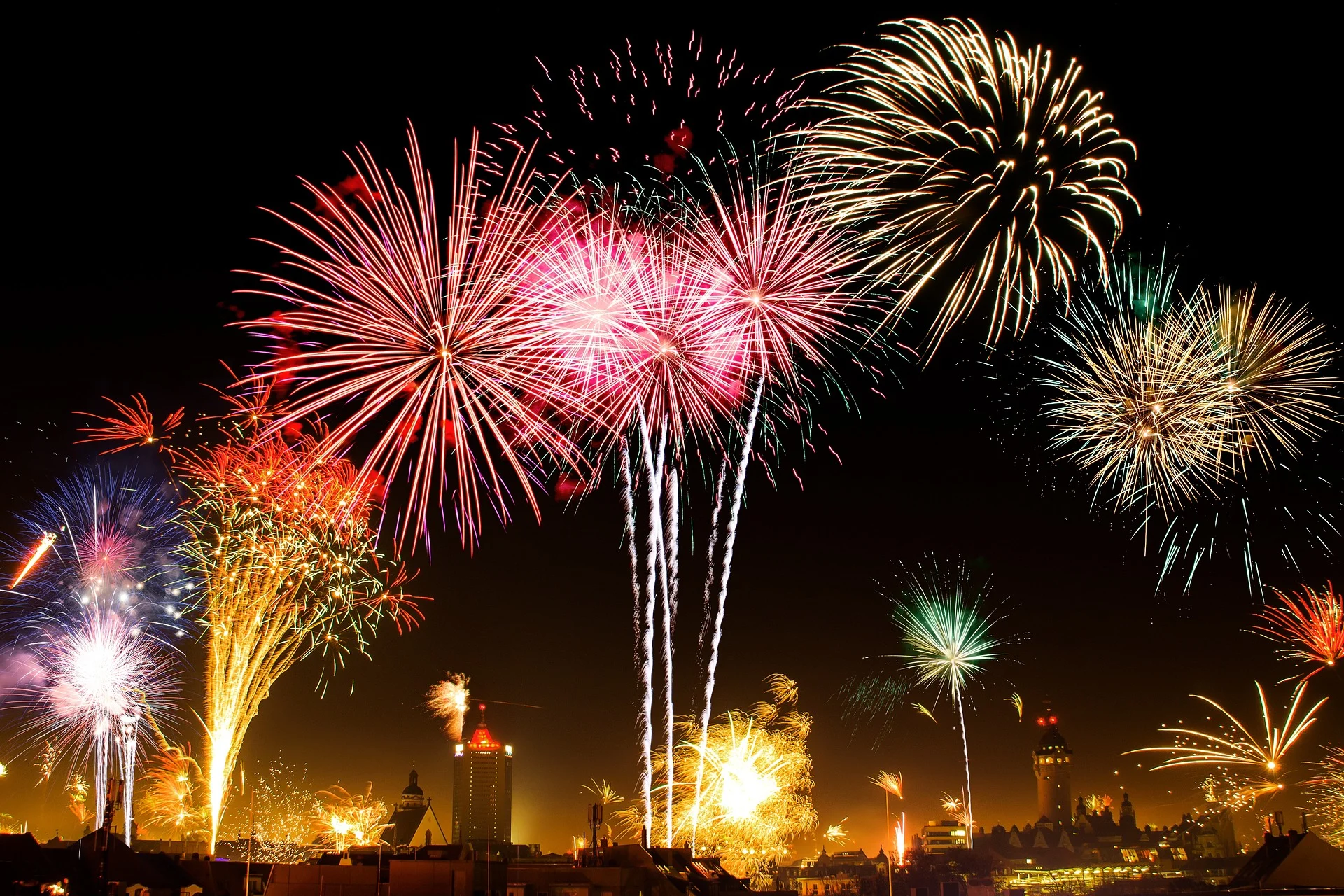
This New Year's fireworks display shows off the variety of possible patterns and colours. Credit: Nick/Pixabay
And the really great thing is that knowing the science that goes into making these fantastic displays takes absolutely nothing away from the awe they inspire!
Weather and fireworks
Just like with any other event occurring in the sky — celestial or terrestrial — weather can have a big impact on the enjoyment of a fireworks show. The weather forecast can even prompt organizers to postpone or cancel a show.
Clouds typically are not much of a hindrance to a fireworks display. The smallest firework shells explode around 120 metres up, while the largest detonate around 350 metres above the ground. Thus, unless there is thick fog or a very low layer of stratus clouds, the fireworks show will remain in full view of the crowd.

(kazuend/Unsplash)
Wind is the most common concern for fireworks — both the wind direction and how hard the wind is blowing.
Partly, this is a matter of ensuring the wind does not cause firework shells to stray beyond where they are supposed to go off. However, wind can also carry the smoke and other debris from the firework shells across the assembled crowd, which can be hazardous to their health.
The same holds true for a lack of wind, as the stagnant air becomes thicker with smoke as the show progresses. That would make it more difficult to see the firework displays, but would also pose an air quality health risk to those in attendance.
This lack of wind can also be a problem the morning after a fireworks show. This is due to a weather phenomenon known as a temperature inversion.
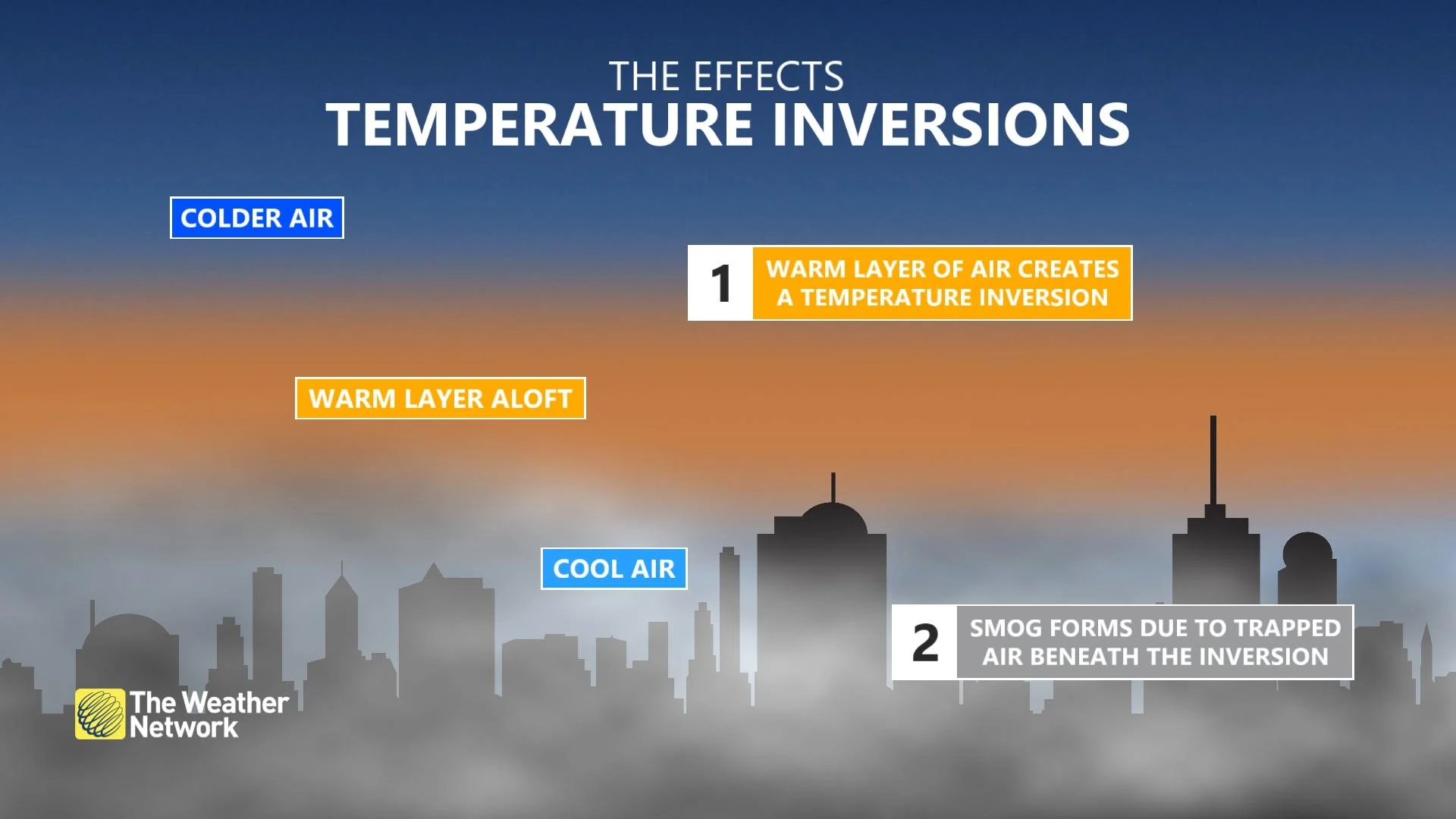
An inversion can be a concern on any day of the year. It effectively cuts off the air closest to the ground from the rest of the atmosphere. Thus, it limits the volume of air available for pollution from cars, industry, and power generation to mix into. This results in these pollutants becoming more concentrated, the longer the inversion persists.
However, the day after a fireworks show can be even worse, as the smoke produced during the event lingers and mixes in with the typical urban air pollution to degrade the air quality even further.
READ MORE: Your Canada Day weekend forecast holds a mix of gloom and fantastic days
Fire bans and firework bans
Several municipalities across Canada have firework bans in their bylaws. Most notably, this includes Vancouver and its surrounding communities, as well as Sḵwx̱wú7mesh Úxwumixw (Squamish Nation) to the north. Cities in Ontario such as Brampton, Milton, Orillia, and Woodstock also have firework bans on the books.
These bans restrict both the local sale and personal use of fireworks, and have mostly been implemented due to concerns about safety, noise complaints, and environmental impacts.
Additionally, bans on the use of fireworks are often included in fire bans issued during drought conditions.
Right now, much of the western half of Canada is experiencing some level of drought.

Drought conditions across Canada as of May 31, 2024. (Agriculture and Agri-Food Canada)
Because of these dry conditions, four of British Columbia's six Fire Centre regions — Cariboo, Coastal, Kamloops, and Prince George — have a complete ban on any kind of open fire larger than a campfire, which includes the use of fireworks.
In Alberta, there are numerous fire advisories and restrictions throughout the province. Restrictions are in place in the City of Calgary, Lethbridge County, Cypress County, Jasper National Park, Birch Hills County, and in the area surrounding the town of Fairview. There is also a complete Fire Ban in the City of Lethbridge. Each of these also prohibits firework use without the written permission of a Forest Officer. Alberta Provincial Parks also has a number of fire bans in place on the lands they manage.
Despite some abnormally dry conditions across much of Saskatchewan, the province does not currently list any fire bans.
In Manitoba, there are burning restrictions in place in the municipalities of Emerson-Franklin and Lorne, as well as the towns of Grand Rapids and Snow Lake. However, only the fire bans in Grand Rapids and Snow Lake specifically prohibit fireworks.








